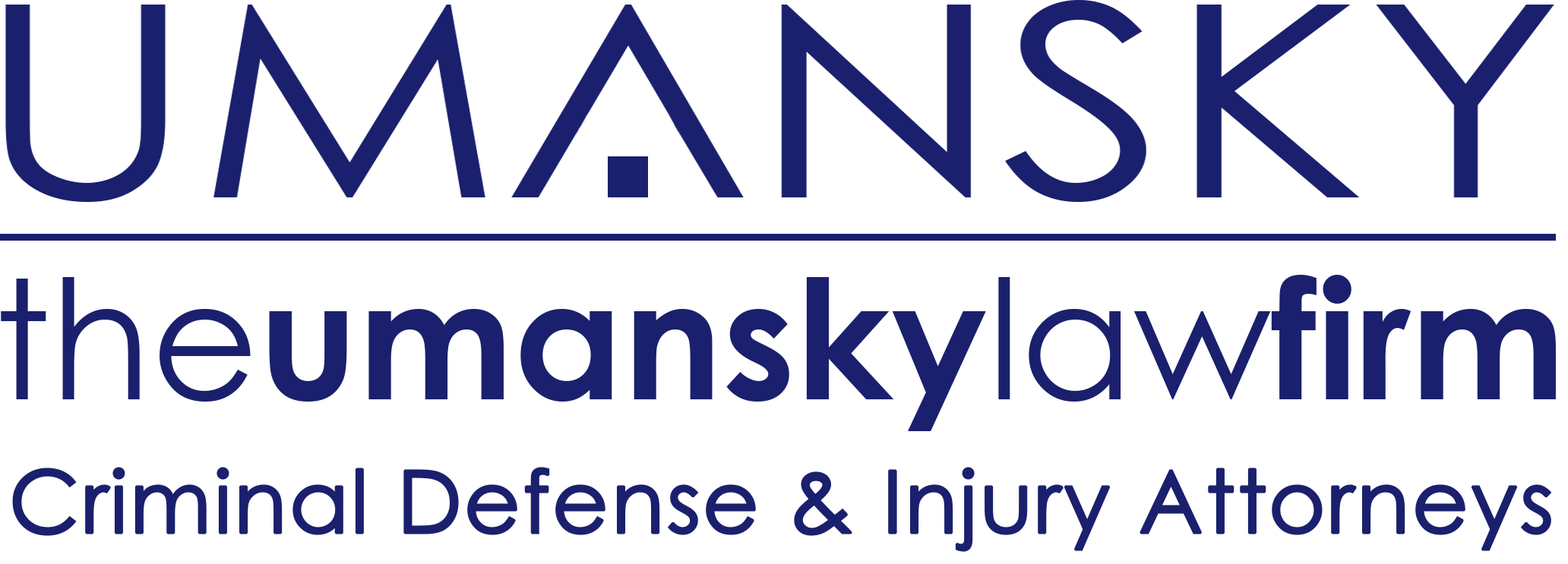
Courts Shift Handling of Minor Crimes Across USA
The Community Justice Center in San Francisco, one of about 40 across the nation, tracks minor offenses in some of the toughest areas of city. Judges use diversions, such as substance abuse programs and social services, instead of penalties, such as fines or time in custody. The purpose is so that people can get their lives back on track with rehabilitation.
The judge rewards defendants with candy and even a $5 gift card to a grocery store if they are consistent with their designated court appearances and voluntarily attend group therapy sessions. The courts want to look at the reasons for defendant behavior instead of just slapping defendants with harsh punitive sanctions. Defendants who come to court high or drunk will be arrested for a few days and placed in custody to keep them safe.
While some of the crimes include drug offenses, the courts also address other minor crimes, such as shoplifting or property offenses. Punishment includes community service, such as neighborhood clean-up, painting over graffiti and handing out food or clothes to the less fortunate. Judges do their best to make sure the consequences fit the crime.
The U.S. Department of Justice (DOJ) has tracked the progress of these courts and continues to monitor the effectiveness in the community. The DOJ counsels the programs on best practices to run a successful model. Just some of the states with community courts include Connecticut, Indiana, Minnesota, Texas and Washington.
One of the best strategies the courts uses is the almost daily monitoring of defendants through therapy and court visits. Even opponents have seen the positive effect the courts have made to relieve heavy caseloads in traditional courts. Lesser offenses can be handled within about seven days as compared within about seven weeks. Law enforcement personnel benefit from the placement of minor offenders in social services where they receive much-needed treatment or therapy. Those who fail to comply run the risk of arrest.
While studies have not yet assessed financial savings to the taxpayers, one evaluation found that those who finished the program were about 50 percent less likely to reoffend when compared with similar defendants in other courts.


